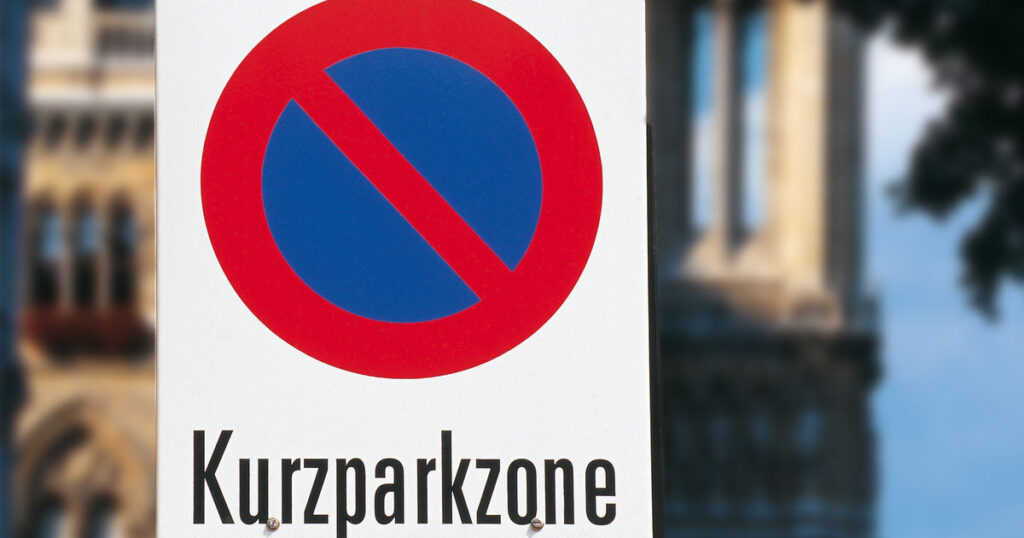There were two records to report last week: “We” are 9.1 million for the first time. In this case, “we” are all people who lived in Austria as of January 1. The second record: from 2022 to 2023, there was an increase of 1.4 percent. This is the highest value in a single year in the post-war period. KURIER spoke with Alexander Wisbauer of Statistics Austria about what lies behind these figures.
“If you look at Austria in its current borders, the 9.1 million is a record figure,” confirms the statistician. Incidentally, the nine-million mark was already cracked in mid-March 2022. Equally remarkable is the increase of 1.4 percent: this means that on January 1, 2023, 127,197 more people lived in Austria than at the same time in the previous year.
A look back
Of course, there have always been phases in which the number of inhabitants rose sharply: from 1890 to 1910, for example, by 1.2 million. “On average, that would be an annual growth of 1.1 percent – although we can’t break that down to individual years,” Wisbauer explains. At that time, these data were only collected every ten years.
There was also a significant increase at the beginning of the 2000s: Austria’s population grew by one million in the 20 years from 2003 to 2023. (From 1890 to 1910, however, the figure was 1.2 million, or about one-fifth more.) “The current 1.4 percent is in any case the highest figure in the post-war period,” Wisbauer states.
Within Austria, the provinces had varying degrees of growth. Here, the data from the population register do not allow us to conclude the reasons for the increase. With an increase of 2.6 percent, Vienna stands out: “Experience shows that a city is always a place to go for younger people who want to study. Especially among 18- to 26-year-olds, there is a high influx from the provinces to Vienna,” Wisbauer explains.
But what is the reason for such strong growth throughout Austria?
First and foremost, it’s the war: 66,899 people came to Austria from Ukraine in 2022. This means that Ukrainians experienced the strongest growth of all foreign nationalities. They now make up the ninth-largest group of people with foreign citizenship. Germans still rank first, followed by Romanians and Serbs.
A similar situation could be observed during the time of the Yugoslav wars. “In 1992, about 50,000 people came to Austria from the disintegrating Yugoslavia. That was the highest figure in the first half of the 1990s,” Wisbauer says. The number of nationals from the former Yugoslavia increased by 150,000 people in the first half of the 1990s.
He says that it is still unclear how the situation will develop with Ukraine. “Initially, a lot of people came, then it slowed down. Currently, there’s nothing to suggest another sharp increase.”
Percentage of foreigners
Likewise, statistics show that the number of foreign nationals is increasing. There has been only one decline in the proportion of foreigners since the 1980s, from 1982 to 1983.
One reason for the current situation is admittedly also the war. Still, other factors also play a role: for example, the fact that children of foreign citizens automatically receive foreign citizenship. “In the case of deceased persons, in turn, these are mostly Austrians of advanced age,” Wisbauer adds.
Emigration abroad
In addition, there is the emigration of Austrians: On average, 5,000 more Austrians go abroad each year than come back from abroad. “During Corona, this number more than halved. It could be that in 2022 there was a catch-up effect and slightly more Austrians went abroad.” But data on that would have to be collected. First, he said.
Incidentally, “Even if we had no immigration for a few years,” Wisbauer says, “the proportion of foreign citizens would increase – precisely because of births.”
- source: kurier.at/picture: Bild von Gerd Altmann auf Pixabay
This post has already been read 2949 times!



